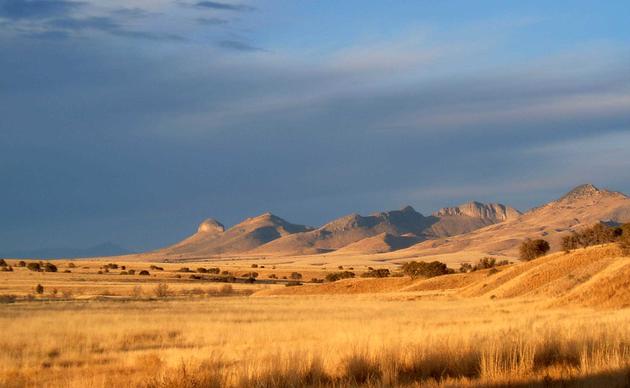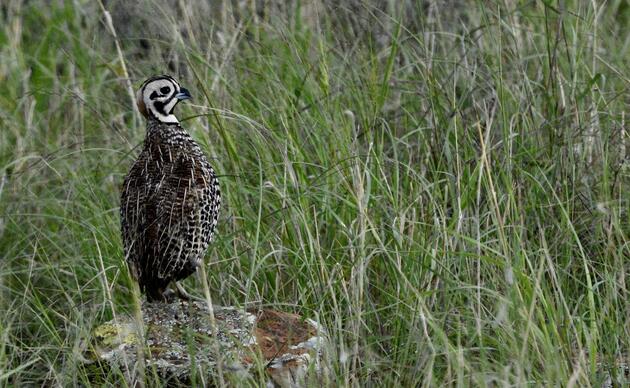Having first visited the AWRR while assisting with another project prior to starting graduate school, Laura Nicholson is excited to return this year as a PhD student in Plant Conservation working out of Dr. Sara Souther and Clare Aslan’s Northern Arizona University Lab of Conservation Ecology. Following in the footsteps of many students before her (including one of last year’s AWRR Research Fellows), Laura will be contributing to the Emory Oak Collaborative Tribal Restoration Initiative, a National Science Foundation-supported project co-produced with western Apache Tribes that aims to gather the knowledge needed to conserve the culturally and ecologically valuable Emory Oak.
Emory Oak (Quercus emoryi) is the dominant oak species on the AWRR and across much of southeastern Arizona’s Madrean oak woodlands, and as such they are critical to both the ecosystems and cultures of the region. Their acorns are low in tannins, nutritious, and particularly delectable. They have long been gathered and consumed by Indigenous communities including the Yavapai, Tonto, San Carlos, and White Mountain Apache Tribes. A keystone plant in southeastern Arizona, Emory Oak also feeds birds like the Montezuma Quail, Mexican Jay, and Acorn Woodpecker; provides shelter for nesting Azure Bluebirds and sleeping Coatimundi; and in ways defines the Madrean oak savannahs that can be seen from any window on the AWRR.
Concerningly, both Indigenous communities and conservationists have noticed a steep decline in Emory Oak acorn outputs, essential for the reproduction and success of this species. Emory Oaks tend to be less productive toward the end of their life, and this lack of young trees places communities, cultures, and ecosystems at risk. The cause of this decline remains uncertain, but climate change, altered fire ecology, and aridification are all likely contributors.
Through her research, Laura will be investigating biscogniaxua, a fungal disease that may be affecting Emory Oak survival and reproductive rates and that is likely to increase in prevalence in a hotter, drier future. In addition, she’ll be exploring the connections between this disease, fire, soil conditions, drought, and the health of Emory Oak communities. We’re thrilled to have her back on the AWRR this season, and even more excited to be able to support her critically important work.
How you can help, right now
AWRR 2024 Annual Report
Do you ever wonder what keeps us busy on the Research Ranch? Dive in to learn more!
Donate to the AWRR
Donate today and help us continue our work furthering conservation science, engaging people with birds and their habitats, and improving habitat here on the AWRR. Every dollar counts!



